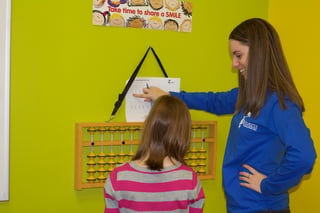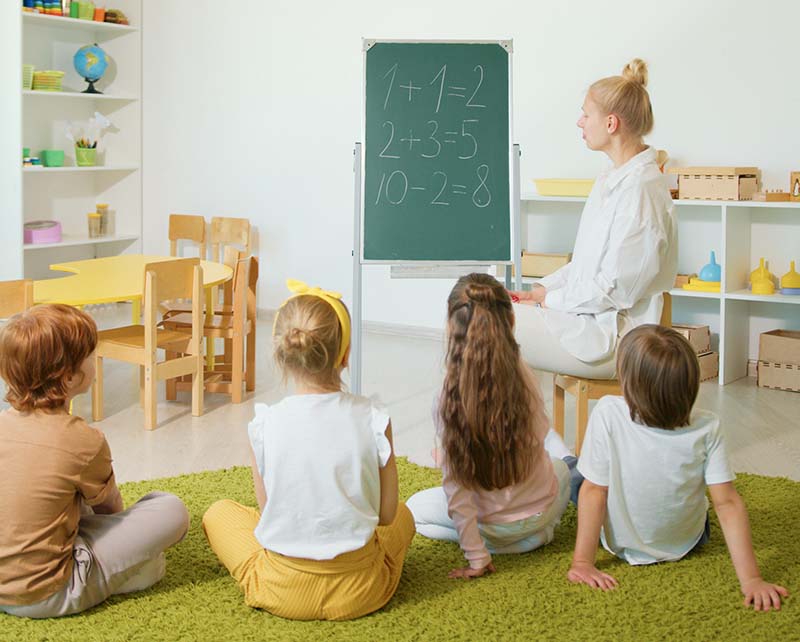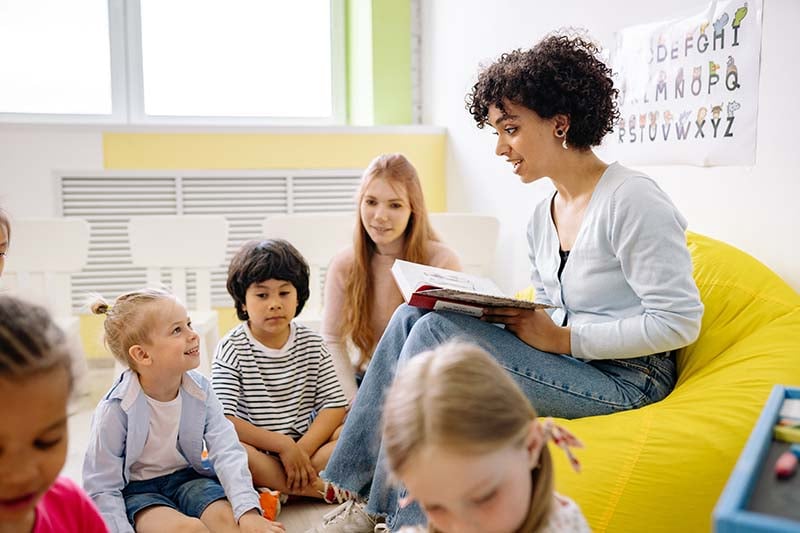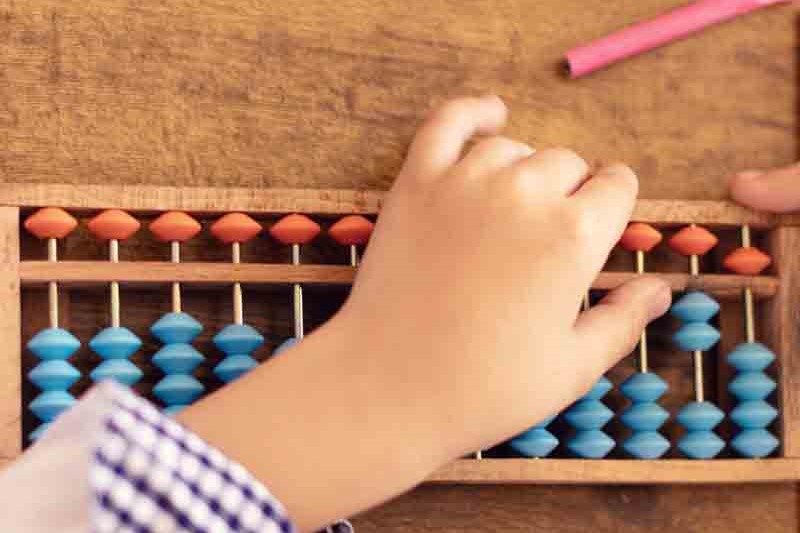 IEP stands for Individualized Education Program (or Plan). According to an article from Very well, an IEP is basically a legal document given to children who suffer from disabilities. The purpose of the document is to define their special education program. It lists the child’s disability, the accommodations that are to be given to the student and the child’s yearly goals. They usually update the IEP once a year (or more often if necessary).
IEP stands for Individualized Education Program (or Plan). According to an article from Very well, an IEP is basically a legal document given to children who suffer from disabilities. The purpose of the document is to define their special education program. It lists the child’s disability, the accommodations that are to be given to the student and the child’s yearly goals. They usually update the IEP once a year (or more often if necessary).
According to KidsHealth, children eligible for IEP services can include children with autism, children with ADHD, children with hearing and visual impairments, any children with learning disabilities and also children with physical disabilities.
It’s also good for parents to know their legal rights when it comes to IEPs like having services provided to them as quickly as possible after getting the referral. There are also certain rights you have about what you can do when you disagree with any part of the IEP.
The U.S. Department of Education outlined the 10 steps of the basic special education process under the Individuals with Disabilities Act, or IDEA. The first step is something they call the “Child Find,” where they attempt to find any children in their state with disabilities who need special treatment. There are then a number of other steps such as evaluating the child, deciding if the child is eligible for services, scheduling a meeting with the child and their parents where they write the IEP, and a few other steps that eventually ends with the child getting reevaluated every three years.
Then there’s the content that the IEP consists of which includes things like the child’s current performance, the extent to which the child will interact with nondisabled children, the dates and location(s) of the child’s services, information of how the child’s progress will be measured, the child’s annual goals, and more. You can read more about IEPs by checking out the links below.
Links:
https://www.verywell.com/iep-individualized-education-program-620820





